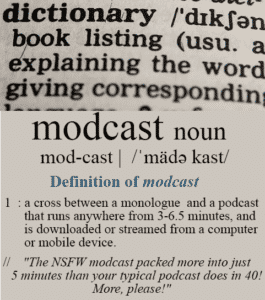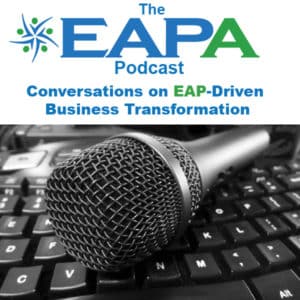SUMMARY: As the head of a startup company, you might not have the cash flow needed to hire a PR agency or consultant for your first campaign. So, you might be thinking: Is PR really necessary? To resolve your quandary, here is a step-by-step guide on how to do a basic start-up campaign in-house. Plus, three pitfalls to avoid.
Eight Steps to Creating a PR campaign
Announcing the birth of your company or a new product or service to the world for the first time might seem like a daunting task. It doesn’t have to be. As with most things in life, the simpler it is, the better.
“It shouldn’t be a big scary thing,” Epstein says. “With some basic guidance … you can pretty much, for several months, take PR in-house and see some pretty good results.”
-> Step #1. Define your company
First things first. Sit down with your CEO or President (this could be you) and your key people and decide how you want to define your company. Hint: It’s important to define the company the way your potential customers would define it. Let’s say you’re a peanut butter maker. Define yourself in plain, clear language. Don’t say you’re a peanut grinding and creamery company because it sounds more professional. Think about yourself in a pithy way.
“People want a quick handle to identify you,” Epstein says. “The quicker, more succinctly, more compellingly you get that across, the better.”
-> Step #2. Crystallize your message
Next, decide what your company’s core message is. It should explain what problems your products/services address and how they do that.
Again, you should think of how your customers would describe you. Look at your company from their point of view. Think about what would strike a chord with them.
Tip: Get written testimonials from customers if you can. Write case studies on how your product/service helped a client. This can help to crystallize your message.
-> Step #3. Keep first press release simple
Your first press release shouldn’t be filled with too many details — especially if it’s announcing your company. You can get into more detail in the second and third press releases when you speak to something a little more concrete, Epstein says, such as a new product or partnership.
The first press release should achieve three things:
o Let people know what you’re offering
o Let people know what problem you can solve
o Let people know why your solution is better than anything else





















